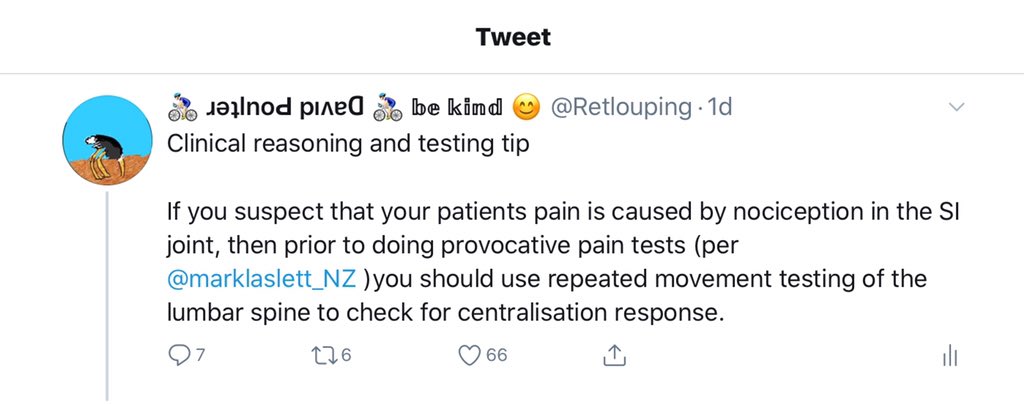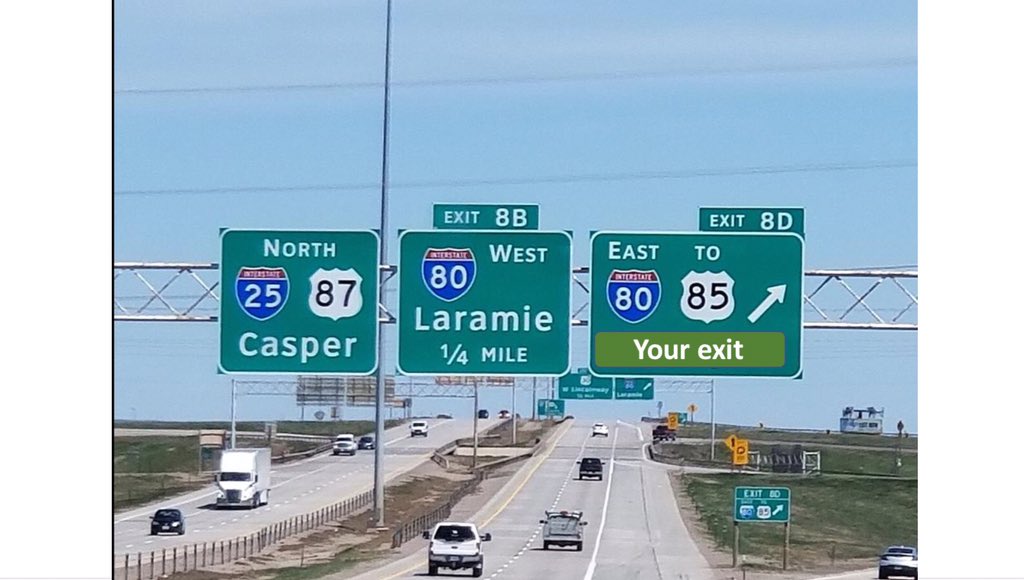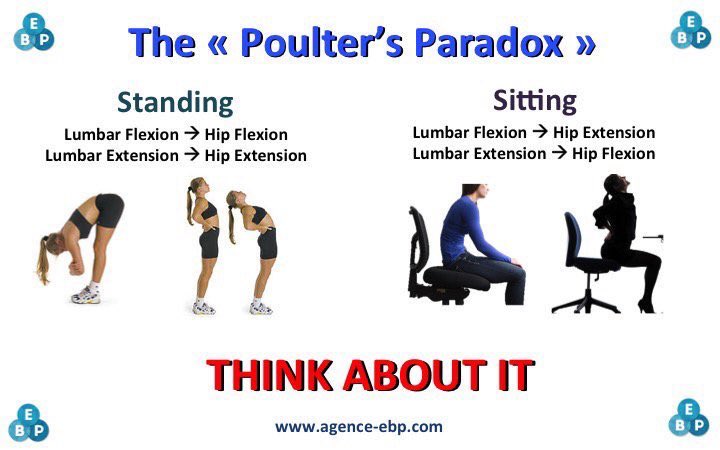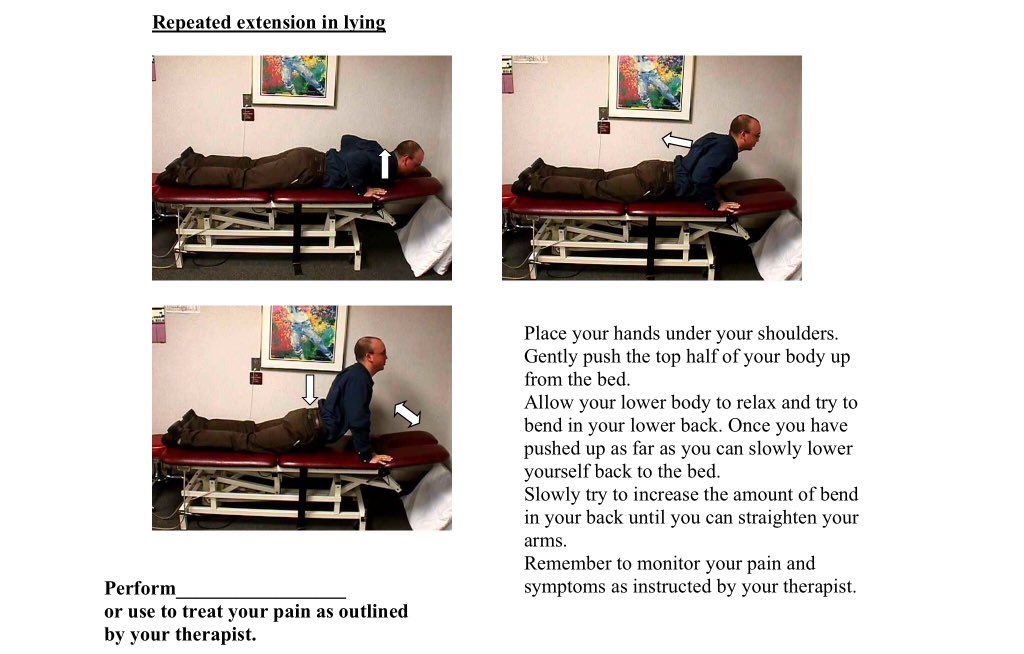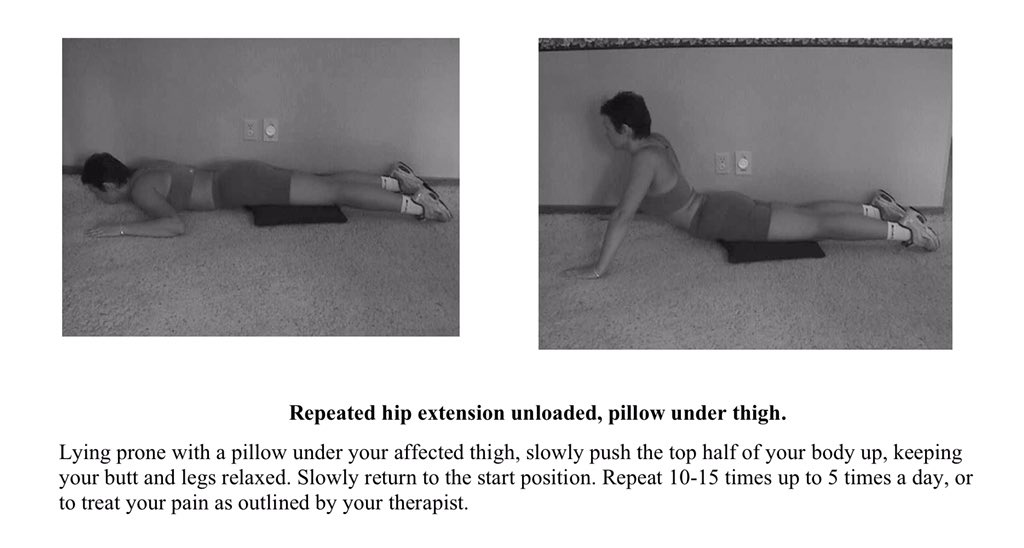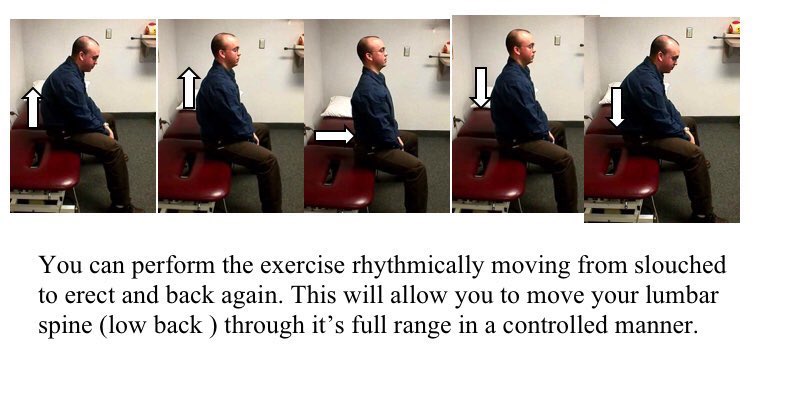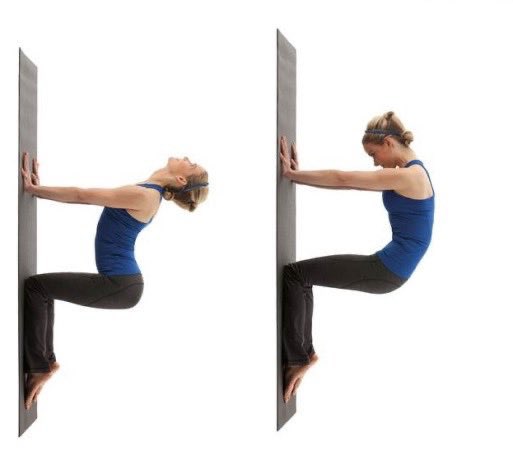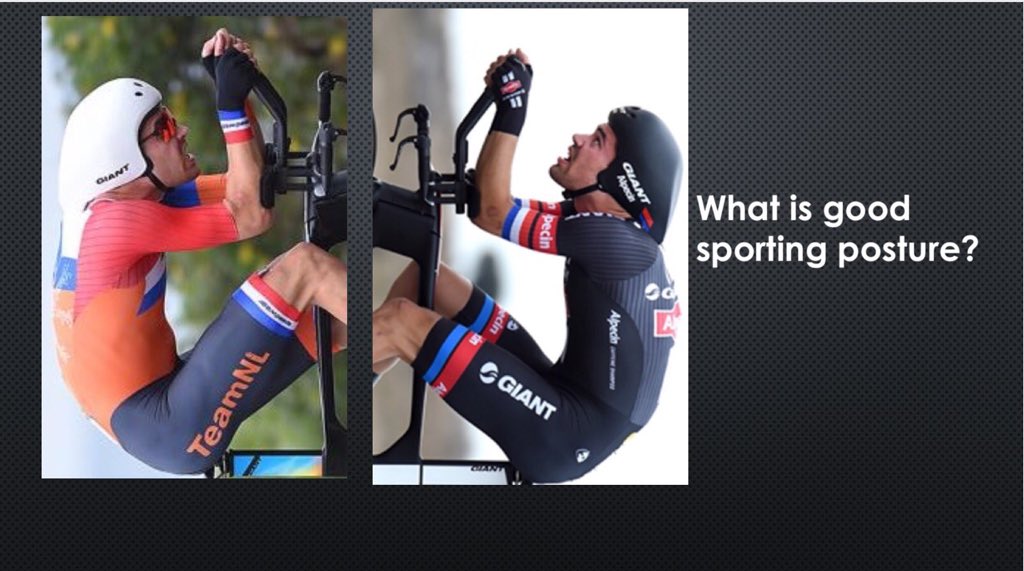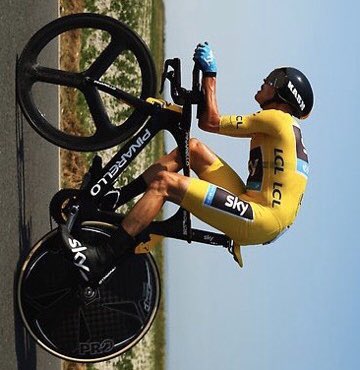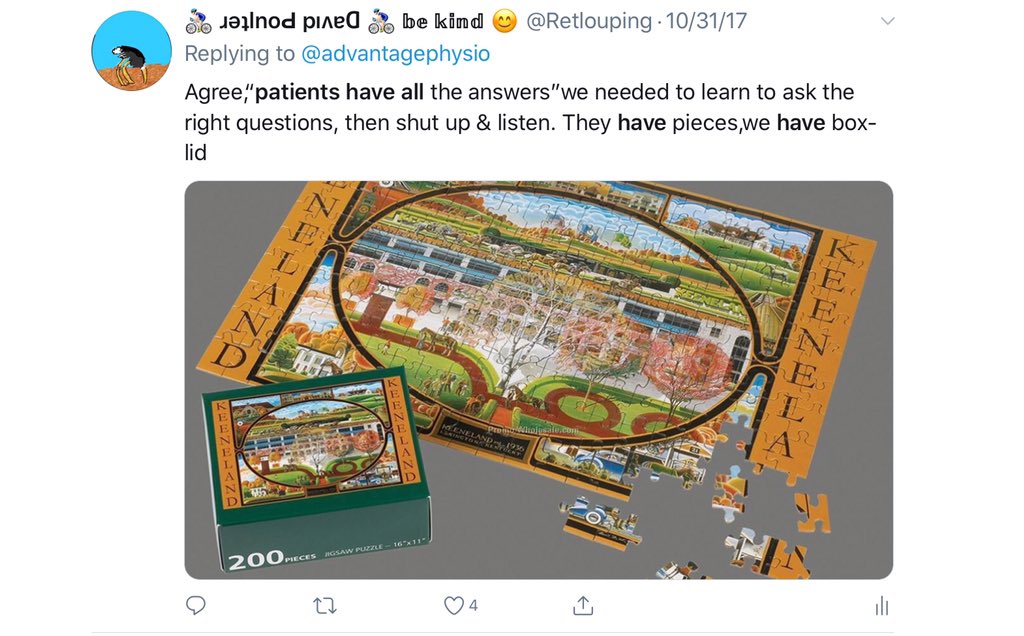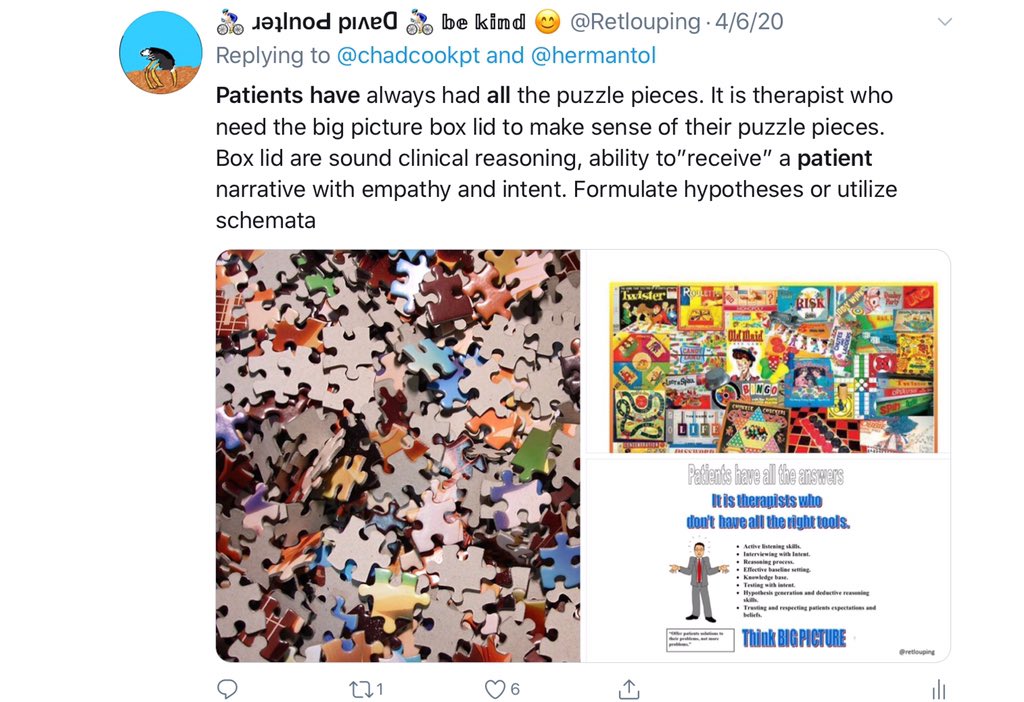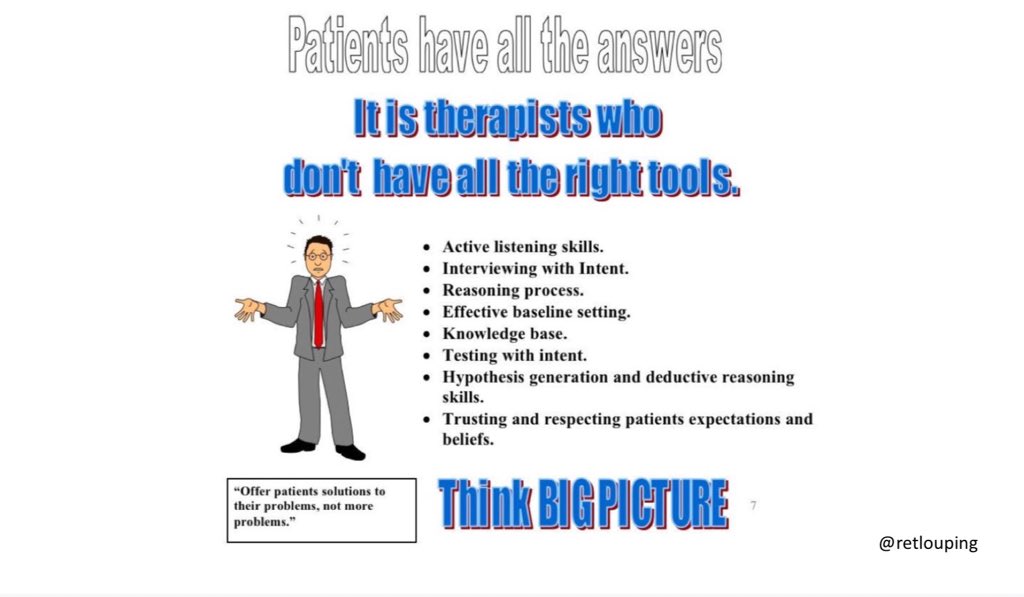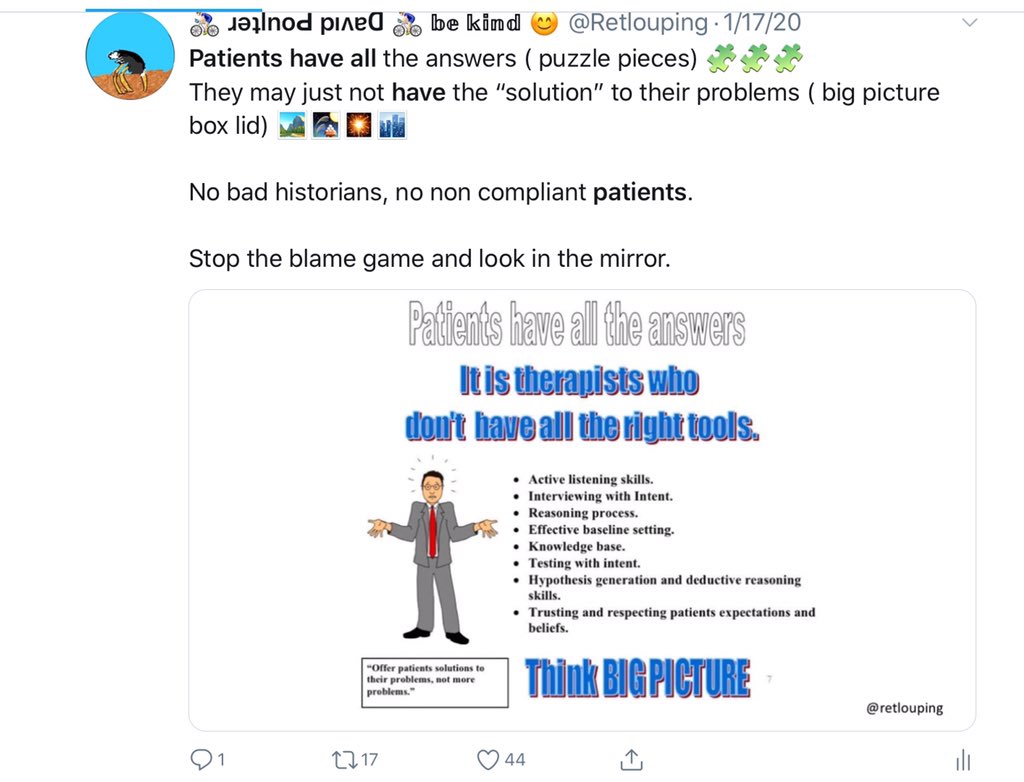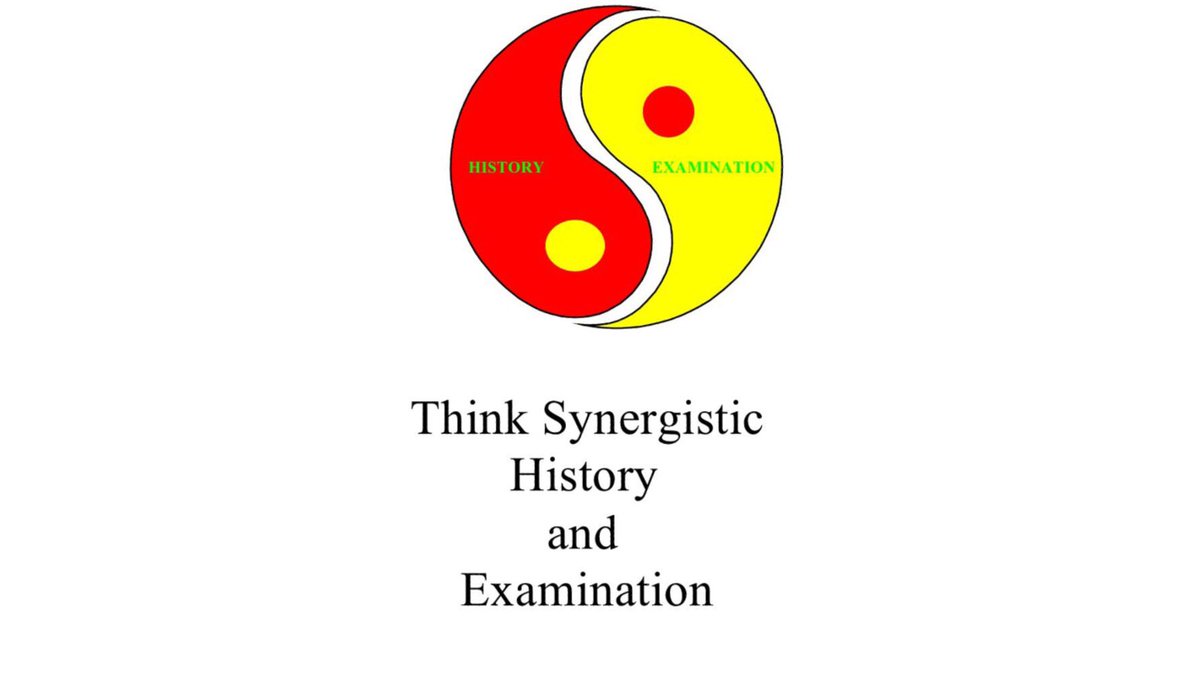Today’s episode of “old man shouting at clouds” tweetorial
This may be a controversial one, so be warned. Those with no intrest leave at the first exit.
Todays topic follows on from “Poulter’s paradox” in my earlier episodes, it is about Low back, SI & hip.
This may be a controversial one, so be warned. Those with no intrest leave at the first exit.
Todays topic follows on from “Poulter’s paradox” in my earlier episodes, it is about Low back, SI & hip.
I am actually going to totally contradict my tweet from yesterday which caused a  thread
thread  see tweet below. I rarely if ever use provocative testing, including the SI joint tets, I have rarely found a need to as I practice solution finding not problem finding and giving .
see tweet below. I rarely if ever use provocative testing, including the SI joint tets, I have rarely found a need to as I practice solution finding not problem finding and giving .
 thread
thread  see tweet below. I rarely if ever use provocative testing, including the SI joint tets, I have rarely found a need to as I practice solution finding not problem finding and giving .
see tweet below. I rarely if ever use provocative testing, including the SI joint tets, I have rarely found a need to as I practice solution finding not problem finding and giving .
If you are already disagreeing there’s an exit approaching,  so this thread is about solutions not problems. If you have a patinet who presents with buttock, thigh, and or groin pain and you are concerned about the area of involvment, don’t be. Using symptoms modification
so this thread is about solutions not problems. If you have a patinet who presents with buttock, thigh, and or groin pain and you are concerned about the area of involvment, don’t be. Using symptoms modification
 so this thread is about solutions not problems. If you have a patinet who presents with buttock, thigh, and or groin pain and you are concerned about the area of involvment, don’t be. Using symptoms modification
so this thread is about solutions not problems. If you have a patinet who presents with buttock, thigh, and or groin pain and you are concerned about the area of involvment, don’t be. Using symptoms modification
Means you don’t need to know if the source of the symptoms is low back, SI or Hip joint, all’s you need to know is which exercise affects the symptoms beneficially. I am going to propose several things, you will have to ponder and apply them at your leisure.
I will first propose that understanding “Poulter’s paradox” and using a bit of mental gymnastics will allow you to recognise certain pain and mechical patterns. (Refer back to previous thread) remember in standing the hip joints and spine move in the same direction, in sitting...
They move paradoxically. Clinical tip, if a patient gets better sitting erect, focus on lumbar extension first, if the get relief slouching, think hip extension first. In th case of doing hip extension utilizing unloaded repeated extension is advisable, monitor the symptoms..
During repetition, always remember to set a pre test baseline for recheck after. If you are focusing the exercise for hip extension you can utilize a pillow under the thigh of the painful side. This technique is also useful for patients with hip IR and ER movement loss.
I have also found the last exercise highly beneficial in those patients that I suspected may have SI joint as a ain source, thus I rarely if ever utilize the pain provocation tests described by Laslett. I rarely if ever use any pain provocation test per se, my patients all...
Seem extremely capable of provoking their own pain withotu me getting involved, so i generally just listen to them. Remarkably in these days of telehealth online consults they are also great at self palpation, and very very reliable.
My number one go to exercise both for the low back, SI and Hip is the slouch over correct exercise (described below and previous thread) I learnt this exercise form my mentor Robin McKenzie, I use it and utilize it with differing intent than he did, but he used it with every.....
Single lumbar and non lumbar patient I ever saw him examine and treat. So it has a good pedigree as a test and treatment. My proposal is that this exercise is an excellent general lumba spine and or hip self mobilization technique. For the lumbar spine it is a seated version of..
The cat cow exercise. For the hips it is an excellent range of semi-unloaded range of motion exercise. When sitting the femur is fixed and the rolling pelvis moves the acetabulum around the fixed femoral head. It is useful in SI joint too as it moves the pelvis in a smooth..
Anterior posteriorly motion. Try it and see. Especially in hips with suspected positive FAI test. I will also propose that the slouch over correct exercise done slowly and controlled utilizes Psoas in a dance of concentric eccentric contractions, Psoas is a lumbar extender flexor
In the sitting position. This is why I have never understood lower cross syndrome or psoas tightness. So I am proposing slouch over correct is a simple but multifactorial exercise. Done from neutral to lordosis it is repeated extension in sitting, done from neutra to slouched it
Is repeated lumbar flexion in sitting. The reverse applies to the hip due to the paradoxical motion ie lumbar lordosis in hp flexion, lumbar flexion is hip extension, due to the fixed femur. This may explain the postures of top class tme trial cyclists, their position allows
A more free range of hip motion.
To sum up, I see no reason to differentiate between the source of the symptoms with Low back, SI or Hip, the same initial history and examination will reveal symptom modification procedures. I rarely if ever use pain provocation methods even..
To sum up, I see no reason to differentiate between the source of the symptoms with Low back, SI or Hip, the same initial history and examination will reveal symptom modification procedures. I rarely if ever use pain provocation methods even..
Provocative repeated movements. I am not a dogmatic McKenzie therapist following an assessment form or bowing to tradition, I utilize the expert, the patient and listen to their self examination AKA their history. I propose that listening and receiving a patient history with...
Intent is an examination, done historically from the experts perspective ie the patient. I leave my provoking test up to the patient.
Thanks for reading, hope it made sense. Stay safe.
Thanks for reading, hope it made sense. Stay safe.
@threadreaderapp unroll please if possible

 Read on Twitter
Read on Twitter